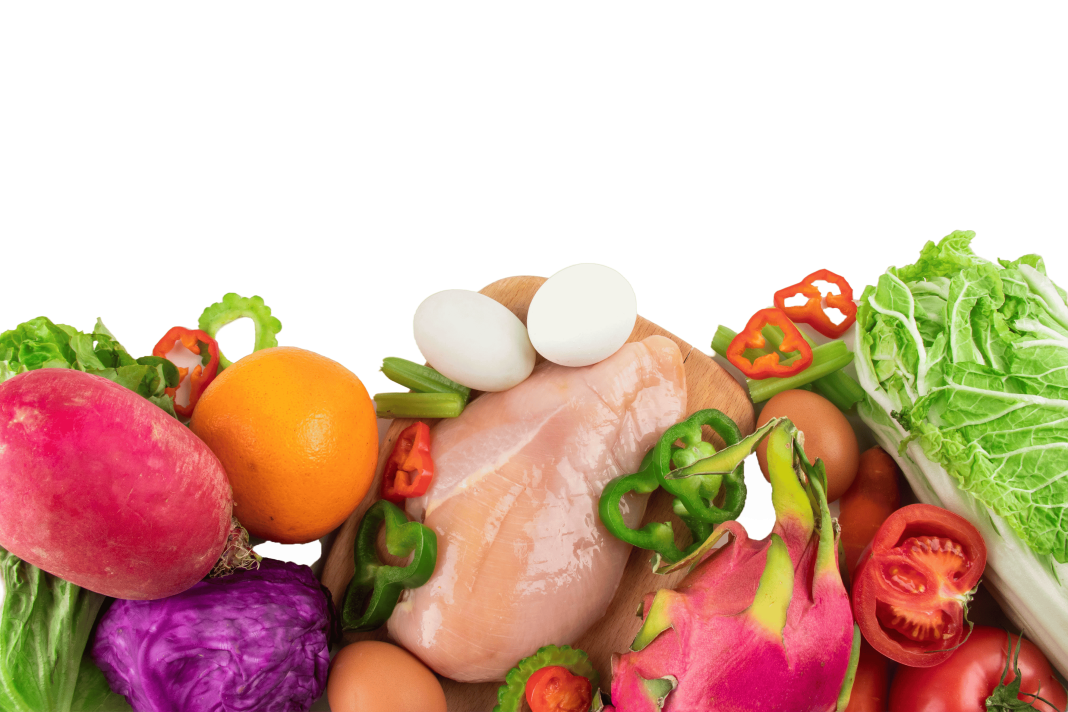This content is provided by the Pioneer Bird Blood Sugar Management Software! It helps you record blood sugar, blood pressure, and other health indicators, provides free tasting of sugar-free food, as well as customized diet and exercise plans, accompanying you in sugar control.
1. Diabetes and the “Love-Hate Relationship” with Fruit
Diabetes, a chronic metabolic disease caused by insufficient insulin secretion or insulin resistance, has become a major global health issue. In China, the number of diabetes patients has exceeded 100 million and continues to rise annually. Many diabetics have many concerns about diet after being diagnosed with diabetes, especially their attitude towards fruit, which can be described as a “love-hate relationship.” So, can diabetics really eat fruit?
In fact, diabetics can consume fruit in moderation under the premise of controlling blood sugar. Fruits are rich in vitamins, minerals, and dietary fiber, which are beneficial for diabetic patients. The key lies in how to choose and consume fruit.
2. High-Fiber Fruits Help You Control Sugar
1. Apple
Apples are low-sugar fruits rich in pectin and dietary fiber, which can effectively lower blood sugar. Pectin has adsorption properties that can slow down the absorption of sugar in the intestines, causing a slower rise in postprandial blood sugar. In addition, the vitamins C, potassium, and other minerals in apples are also beneficial for diabetics.
Recommended consumption method: Slice the apple as a snack or cook it with oatmeal as porridge.
2. Pear
Pears have low sugar content, are rich in dietary fiber, and can help stabilize blood sugar. The high water content in pears helps diabetic patients stay hydrated. Additionally, pears have lung moistening and cough-relieving effects, making them suitable for diabetic consumption.
Recommended consumption method: Eat pears raw or stew pear soup, but avoid adding sugar.
3. Blueberries
Blueberries are highly nutritious fruits containing abundant anthocyanins, vitamin C, and dietary fiber. Anthocyanins have antioxidant properties that can reduce the risk of diabetic complications. The dietary fiber in blueberries helps control blood sugar and is suitable for diabetic consumption.
Recommended consumption method: Blueberries can be eaten directly or paired with yogurt, oatmeal, and other foods.
3. How to Eat Fruit Scientifically
Select suitable fruits: Choose low-sugar, high-fiber fruits such as apples, pears, and blueberries.
Control consumption amount: Diabetic patients should not consume too much fruit in a day, generally recommended around 200 grams.
Avoid consuming on an empty stomach: Eating fruit on an empty stomach can lead to blood sugar fluctuations. It is recommended to eat fruit between meals or after meals.
Monitor blood sugar levels: After eating fruit, monitor blood sugar changes closely to adjust your diet accordingly.
During the sugar control process, the blood sugar management assistant provides real-time monitoring, data analysis, dietary advice, and other services for you. By using the blood sugar management assistant, you can better understand your blood sugar condition, adjust your diet and lifestyle habits, and achieve stable blood sugar levels.
In conclusion, diabetics can fully enjoy the deliciousness and nutrition brought by fruit under the premise of choosing and consuming fruit wisely. Through scientific eating, combined with the use of the blood sugar management assistant, let’s move towards a healthy lifestyle together!


